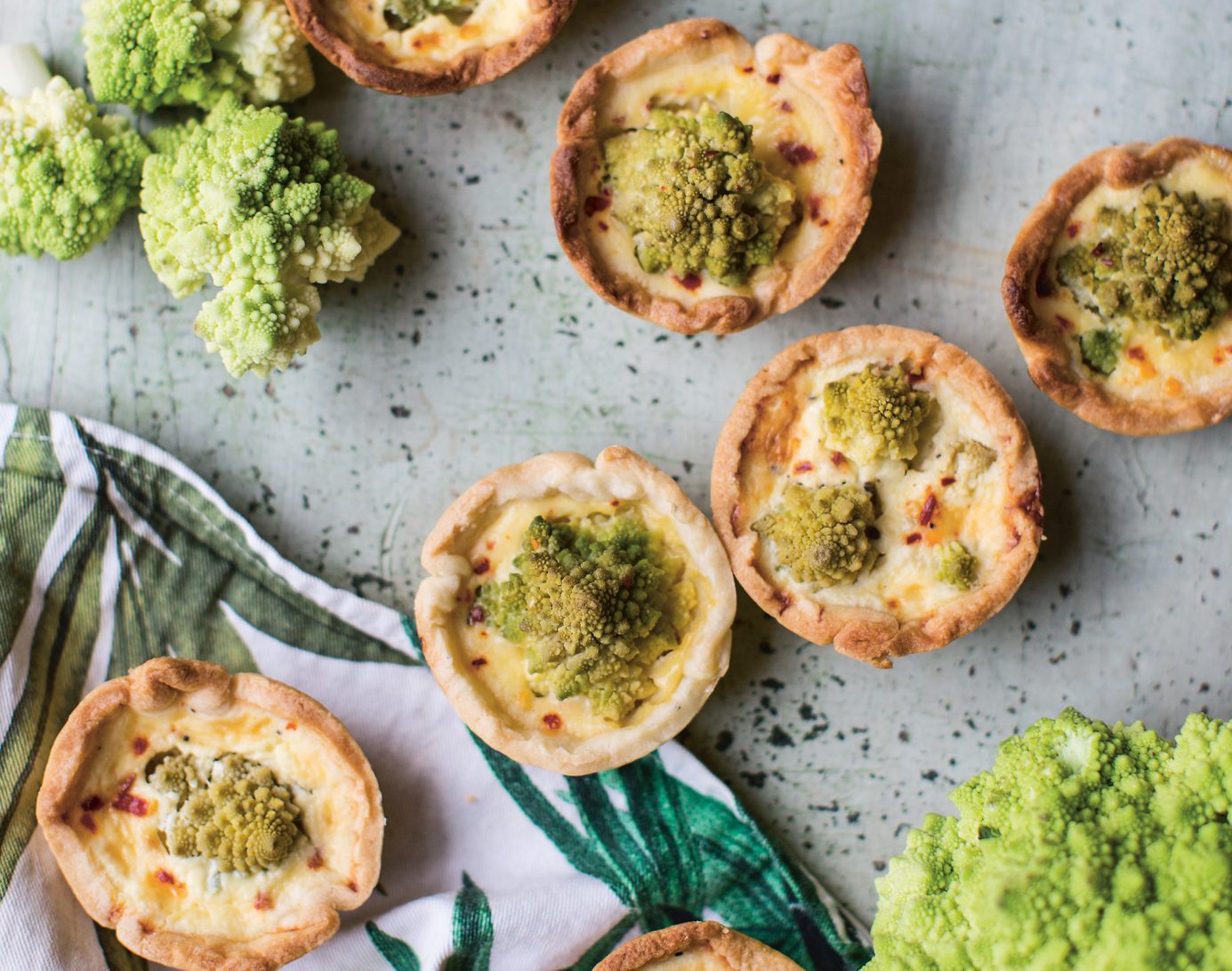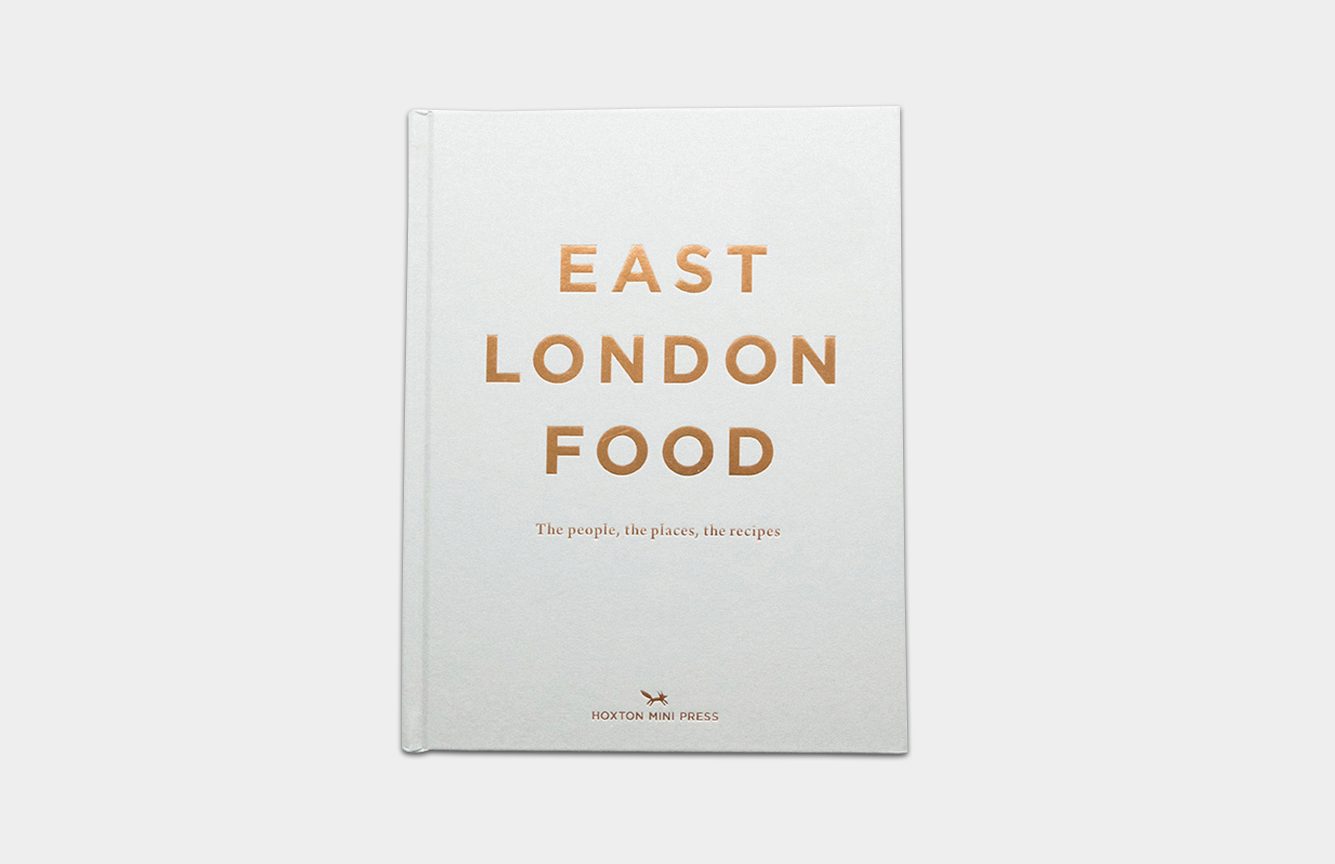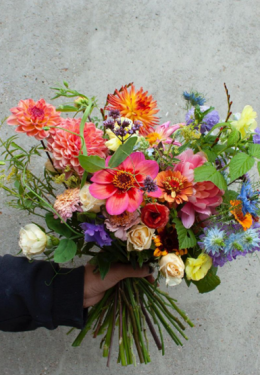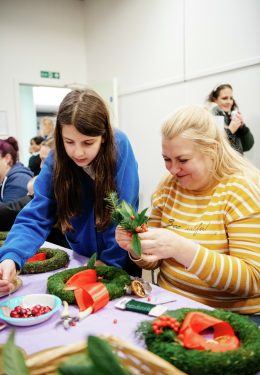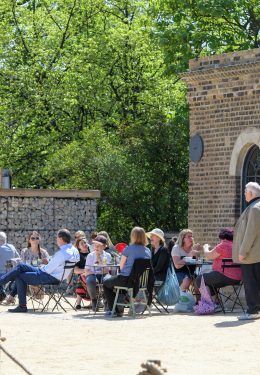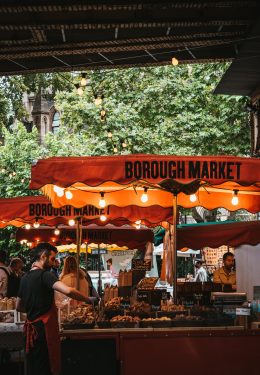Diverse Dining
Published: Summer ‘17
Rosie Birkett has spent the past eight years writing about food in London and charting the shift of the restaurant scene towards the east of the capital. She speaks to Woodberry Life about the wonderful diversity of food establishments helping to shape a community here.
If Hackney-based food writer Rosie Birkett could describe the East London food scene in four words, they would be these: independent, diverse, creative and exciting. Birkett has been a food writer in London since 2008 and in that time she’s watched and documented how the culinary excitement of the city has shifted eastwards – following the artists, creatives and bohemians who moved to this traditionally more industrial part of town, lured by the cheap rents and character of the place. Chefs, foodies and food producers got the same idea, and fled the swank of the West End in order to set up shop above old East End boozers, in dusty disused railway arches and any available space they could reclaim to house their culinary creativity.
Birkett’s new book, East London Food – released by independent publishing house Hoxton Mini Press last year, with covers in delectable shades of dove, charcoal and rose – is a tribute to the energy and creativity of the chefs, producers and entrepreneurs on her doorstep.
“I’ve always been drawn to the East thanks to its creative spirit and community, so it was great to do a project that celebrated both of those things,” she says.
This passion project saw Birkett follow 40 people at the heart of a culinary phenomenon, from specialist butchers to wild foragers and urban beekeepers. One of the biggest surprises that emerged from her research was the sheer diversity of the area’s dining scene.
“A highlight was discovering Growing Communities – a community-led organisation that runs an urban farm in Hackney”
“There are so many different influences at play and East London really is a feast,” says Birkett. “There is everything from small-scale seasonal soda producers and craft breweries to Michelin-starred restaurants and organic patchwork farms.”
A “life-changer” was “meeting John the poacher and discovering all of the wild food that’s growing in the neighbourhood”, Birkett explains. “I now work with John a lot for my own pop-ups and am learning about foraging from him. I’ve done pop ups at Carousel (twice) and J Sheekey, as well as at the café by my house.
I like the menus to be super-seasonal and celebrate the joy of eating and sharing food, while giving people delicious and unusual ingredients they might not have had before, like wild foraged greens from the marshes, delicious smoked eel or Japanese-inspired octopus pancakes with quivering bonito flakes.”
Another highlight was discovering Growing Communities – a community-led organisation that runs an urban farm in Hackney and an organic fruit and vegetable bag scheme, offering a practical alternative to our current food system. This enabled Birkett to learn about growing right on her doorstep.
When it comes to testing out new ideas in food and drink, Birkett believes the East London community provides a fantastic canvas for experimentation.
“Local people are really proud of what’s going on and there’s a really nice, supportive vibe – an idea that it’s a receptive space in which to try out new things and DIY ideas,” she says. “The supper club spirit is still going strong and there’s always someone putting on a night in an unconventional space somewhere.”
When it comes to testing out new ideas in food and drink, Birkett believes the East London community provides a fantastic canvas for experimentation.
“Local people are really proud of what’s going on and there’s a really nice, supportive vibe – an idea that it’s a receptive space in which to try out new things and DIY ideas,” she says. “The supper club spirit is still going strong and there’s always someone putting on a night in an unconventional space somewhere.”
Community growing and food schemes such as Growing Communities and Made in Hackney “give people a chance to get involved with food in their local community,” Birkett adds. Made in Hackney, for example, runs a seasonal, plant-based programme that covers everything from basic cookery skills to sugar-free baking, preserving, composting, foraging and making your own cosmetics.
What does Birkett love the most about the food in East London? “There are so many things, it’s hard to just name one!” she exclaims. “I’m a massive fan of the Turkish grills and Vietnamese restaurants we have – you can get absolutely delicious food for not a lot of money – but I also love the newer places like Lyle’s in Shoreditch.” Birkett highlights brunch – as well as bottomless brunch – at venues such as Beagle in Shoreditch and Sager + Wilde on Paradise Row – as a rising trend.

FIND OUT HOE TO MAKE BROCCOFLOWER PIES, ONE OF ROSIE’S FAVOURITE RECIPES
This recipe is a bit of a twist on the classic broccoli and cheese combo, and uses one of my all-time favourite ingredients, the beautiful Romanesco cauliflower, which pokes its gorgeous green spiral florets through the cheese and chilli-flecked custard.
INGREDIENTS
1 batch shortcrust pastry, chilled
Butter, for greasing
Plain flour, for dusting
1 Romanesco cauliflower, cut into little florets (peel and finely slice up the stalk)
3 eggs
150g Pecorino, Gruyère or other similarly potent hard cheese, finely grated
30g Parmesan, finely grated, plus more to finish
30ml double cream
150ml whole milk
Pinch red chilli flakes
Salt
Freshly ground black pepper
12-hole muffin tin
METHOD
1. To make the pastry, sift 225g plain flour and a pinch of salt into a bowl, add 100g chilled unsalted butter, cubed, and 20g chilled lard, cubed, and lightly rub them into the flour until you have a breadcrumb consistency, or whizz the flour and salt briefly with the butter and lard in a food processor then transfer to a bowl. Make a well in the middle and add 3 tablespoons of cold water. Mix it in and gather the dough together with one hand to form a ball. If it’s too dry, add another tablespoon cold water a drop at a time until the dough comes together. Wrap the dough in cling film and chill in the fridge for 30 minutes.
2. Preheat the oven to 180°C (fan) and lightly grease the muffin tin. Roll out the chilled pastry on a lightly floured work surface to 2–3 mm thick and cut out rounds slightly bigger than the holes in the muffin tin. Line each hole with the pastry so that it’s level with the top of each hole.
3. Chill the pastry for 15 minutes, then use a fork to prick the base of each case. Line with pieces of baking parchment and fill with baking beans. (Scrunch up the baking parchment before you line each case and it will be more pliable and fit more snugly into the holes.) Bake ‘blind’ for 10–12 minutes. Remove from the oven, remove the beans and parchment, and bake for a further 3 minutes to avoid a soggy bottom. Remove from the oven and switch it off to save energy while you make the filling – it will stay hot.
4. Blanch the Romanesco florets and sliced stalk in salted boiling water for barely 1 minute – just until it turns bright green – and drain. Remember to boil the water in the kettle first to save energy, rather than on the hob.
5. Crack the eggs into a mixing bowl and add the cheeses, cream, milk and chilli flakes. Season with salt and pepper, and whisk to combine. Divide the filling between thecooled pastry cases, leaving about 1 cm of space to add the Romanesco and allow for the custard to expand. Turn the oven back on to 180 (fan).
6. Arrange the Romanesco in the filling, putting the stalk at the bottom and keeping half of it above the filling for presentation (you want to see those gorgeous florets!) and grate over a little bit more Parmesan. Bake for 15 minutes, then turn off the oven and leave in there for 5-10 minutes until the custard is set and the pastry is golden and crisp.
It will retain plenty of heat during this time and will continue to cook your pies to perfection. Make sure you keep the oven door closed while baking. As tempting as it is to take a peek at your pies, opening the oven door causes the heat to drop and use extra energy to get back up to temperature.
Cool on a wire rack.
